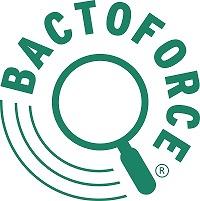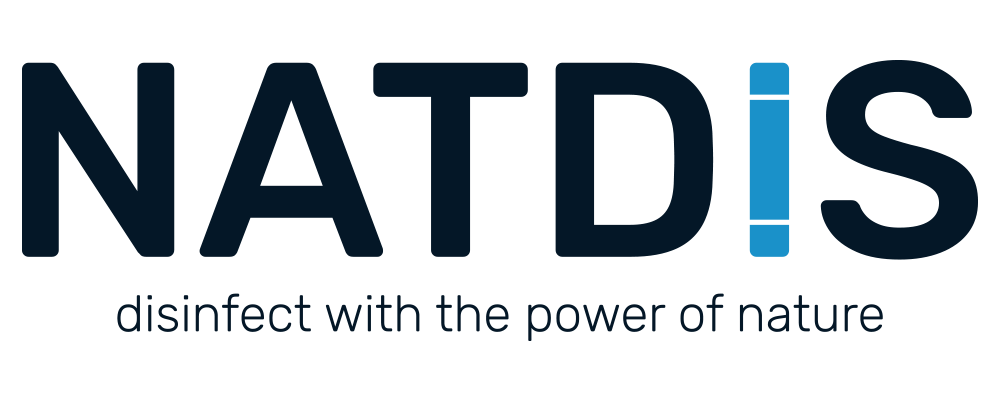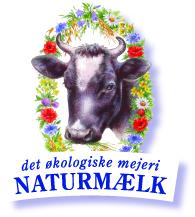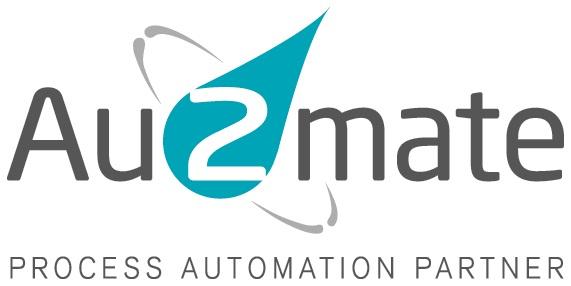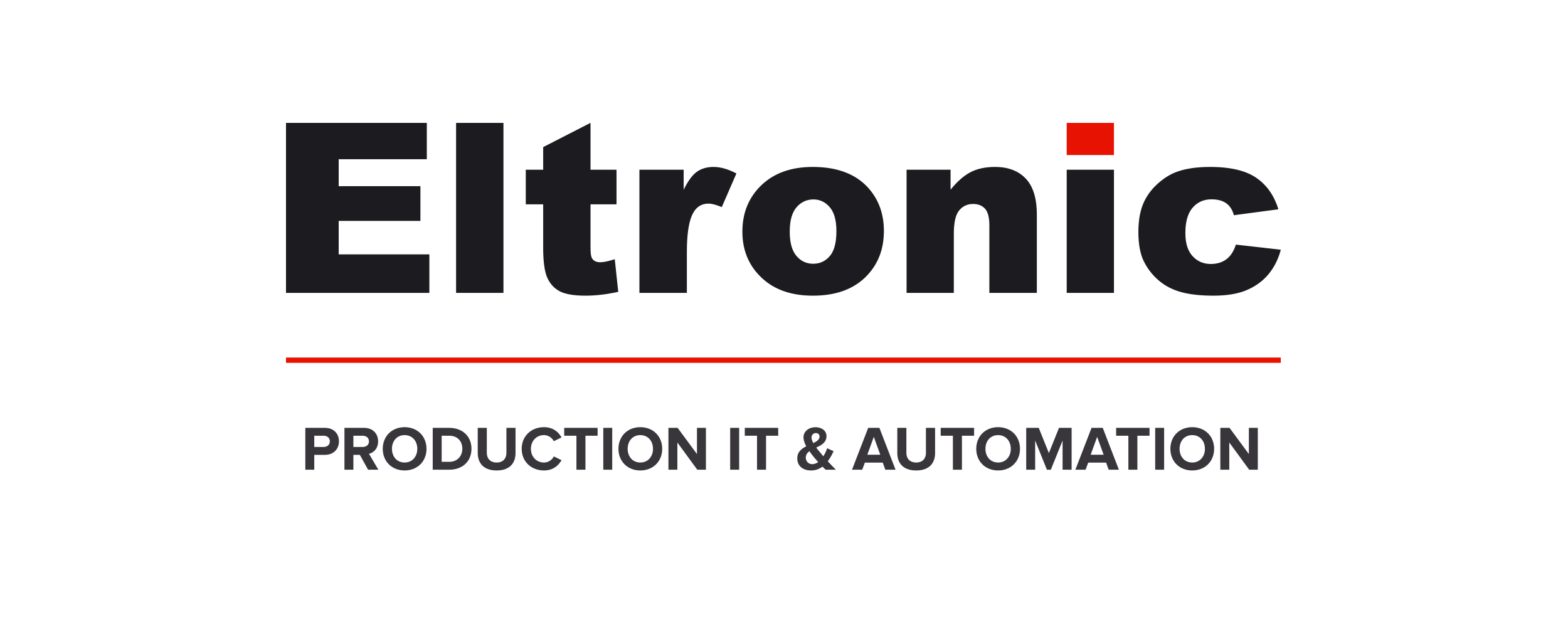
Efficiency is a never-ending story! The goal to create more for less is ever present in production companies.
The seminar sheds light on the effective dairy anno 2018 – which new and different possibilities there are to a successful and profitable process optimizing in production companies today.
Come and hear about:
- Does reduction of complexity give production optimizing?
- Is there a better use of all the milk's components by starting the milk treatment process with milk protein fractionation?
- Reaching more by optimizing the most central process and how to achieve continued and lasting benefits of process optimization
- Can hygienic design make a difference in efficiency?
- Reuse of water – where are we today?
- The dairies’ cleaning processes – can you go from time-based cleaning processes to need-based cleaning. Can the cleaning processes be shorter and still reach the same cleaning effect by utilizing new cleaning detergents?
The program of the day will consist of fact-based presentations on the subject as well as practical cases from the dairies and supply companies.
Price:
For members of the Danish Society of Dairy Technology: 2.195,- VAT
For non-members: 2.695,- VAT
Presentations from the seminar

Reduced complexity and production optimization
Reducing complexity in production has to be driven by Commercial! Focus should be on identifying complexity drivers, as complexity in itself can be heavily value adding if done and maintained right. Once complexity is in control, next step is to identify the biggest incremental efficiency opportunities given your current set-up. This start with data transparency and understanding your total addressable conversion cost. Hereby you can do a structured Agile approach to turn every stone of your production site in a limited amount of time and where after prioritising your efforts.

Improving water efficiency – A new sector guide on water reuse in dairy processing
Dairy processing consumes high amounts of drinking water resulting in similar high amounts of waste water outlet. The costs involve reuse and recycling of water as well as claiming water from milk, whey and other liquids good business cases. Means to claiming milk water is currently gaining interest among dairy processers world-wide, mostly in Northern Europe, California and Australia where systems are in place to reduce the need for external water supplies.
The results of the private-public partnership project “Water Efficient Dairies” and other similar projects have been summarized and made operational in a supplement to the Danish Sector Guide on Dairy Processing (Branchekoden). The Draft Guide on Reuse of Water is currently being finalized and will be submitted to the Danish competent authorities (FVST) before Christmas for endorsement. The draft will provide 10 ready-to-implement scenarios. Research is still being conducted and new findings will feed into later revisions, when appropriate.
The presentation will address the background, approach and content of the first version of the new Guide.

Get more value out of the milk - through a new ingredients process
The world class dairies all over the world have been making the ingredients like whey proteins, lactose, Permeate etc. from cheese whey. But as it is known fact, that quality of these ingredients is affected due to cheese processing, cultures, colors, salts and rennet in it.
A new process was invented starting from milk and fractionating it to value added ingredients. These products are of highest quality and fetch premium in the market for the manufacturers. Also, the nutritional value of these products is high compared to that made from whey. The other benefit is that all the raw milk constituents are thus utilized, not leaving any major by-products except subsequent quantity of good process water and very minuscule salty mineral water to throw away.

Does hygienic design make a difference?
This presentation sheds light on the use of hygienic design in the production’s set-up. We will be looking at what hygienic design means and what a hygienic-design demands to make a difference. Due to wishes for production equipment’s functionality, compromises in relation to hygienic design are made. What can be done about these compromises, to achieve a hygienic production?
The presentation will touch on how the hygienic critical places can be handled and still achieve the cleaning effect.

How to sustain the benefits of process optimisation
Process optimisation using advanced control technologies are somewhat well-known in the dairy industry. Especially, powder plants have utilized these systems with the intentions in improving the process stability and productivity.
However, the experience shows that a long-term focus on the process optimisation is the only way of creating sustainable improvements.
The presentation will shorty introduce process optimisation approach and its potential benefits, explain the necessary elements for sustainable benefits and conclude by a specific example of a plant looking at process optimisation for sustainable benefits.

Optimize your production process at the heart of the line, while achieving higher product quality
Mixing is often the first in a long line of production processes and it greatly influences product quality and production costs in food production. If not done properly, unwanted air in the product and inefficient mixing negatively influences the downstream processing. It increases costs, shortens shelf-life and compromises food safety and quality.
This presentation will introduce a new patented mixing solution which revolutionizes the mixing process for huge potential improvements in cost savings and product quality. A mixing solution that combines different processing technologies bringing the lowest total Cost in the mixing industry.

Same cleaning - less time
Today time for cleaning CIP objects is often based on historical data and a good of safety margin. The future will be based on individual objects, optimized CIP with a safety margin based on statistical data and Six Sigma data analysis. CIP cleaning method using NIR measurement and multi data analysis to optimize time consumed for all individual objects on a CIP line. The result will be less power, less water, less heat and a key to utilize CIP plant better or get more production capacity.

Heat and chemical free disinfection and water treatment with ozone
It’s time to abandon old routines. When sustainability and green technologies are accepted as guiding principles in most industries, why not make the move? There is much to gain, not just money. Ozone could be a new go-to approach to cost savings, water reuse and cleaner production. Ozone is efficiently dissolved into the water at maximum 1 ppm concentrations, still allowing for shorter sanitation cycles compared to disinfection chemicals such as peracetic acid, hypochlorite or hot water.

